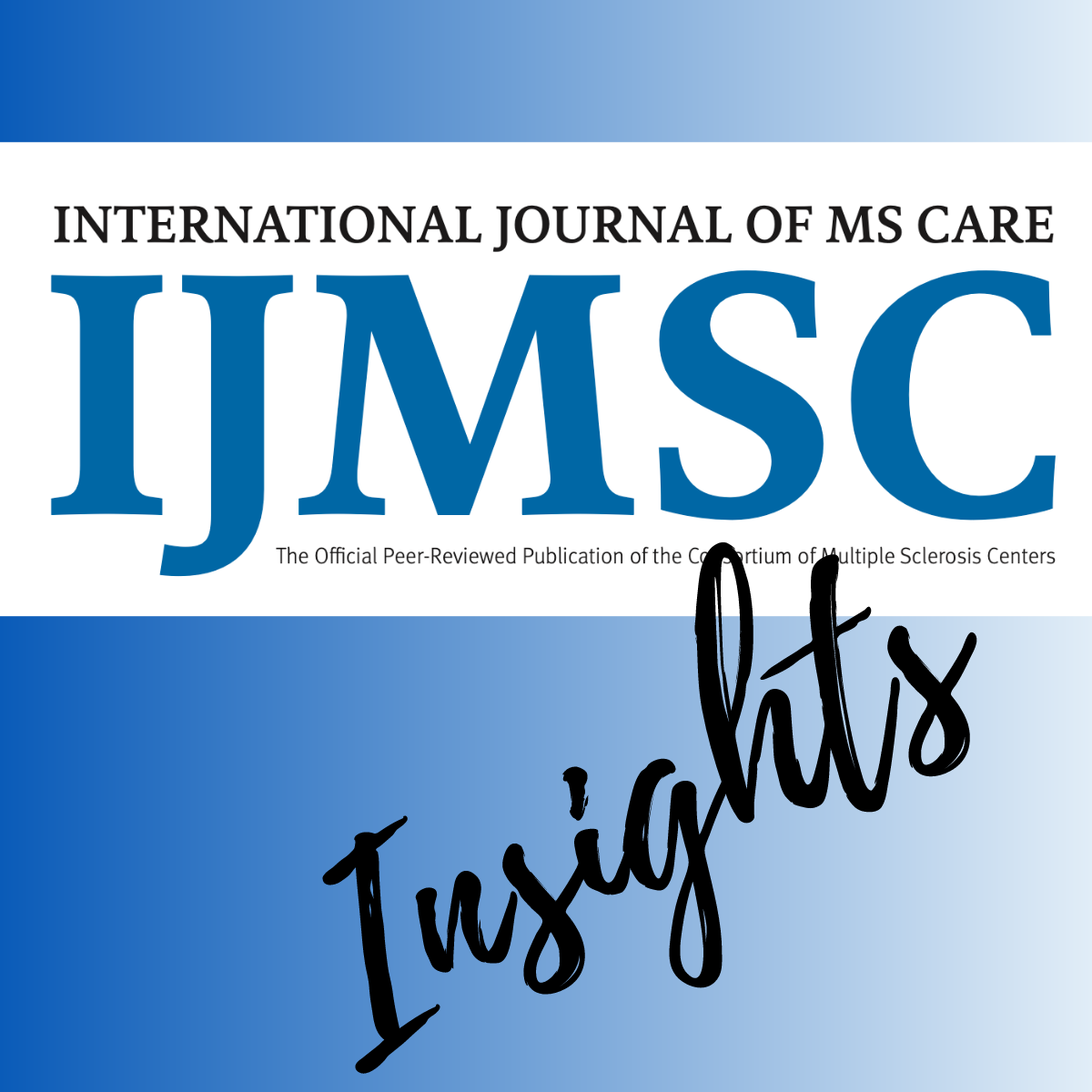News
Article
Combination of Zavegepant and Sumatriptan Considered a Safe Combination With Stable Pharmacokinetics
Author(s):
Key Takeaways
- Zavegepant and sumatriptan coadministration showed no significant pharmacokinetic or pharmacodynamic interactions, maintaining stable blood pressure levels.
- The study confirmed the safety and tolerability of the combination, with no serious adverse events or significant liver enzyme elevations.
The pharmacokinetic exposure for both sumatriptan and zavegepant was comparable when coadministered, with all ratios remaining within the bioequivalence range of 80%-125%.
Jing Liu, PhD

A recently published phase 1 study of healthy volunteers showed that treatment with zavegepant (Zavzpret; Pfizer) 20 mg nasal spray coadministered with sumatriptan 12 mg subcutaneous (SC) injection, 2 FDA-approved medications for migraine, resulted in no significant pharmacodynamic (PD) or pharmacokinetic (PK) interactions compared with sumatriptan alone. Investigators concluded that concomitant administration of these 2 therapies was well tolerated, with a favorable safety profile.1
The single-center, partially blind, placebo-controlled study included 42 healthy volunteers who received sumatriptan 2 x 6 mg SC injections (1 hr apart) on day 1, followed by a 6:1 randomization to zavegepant 2 x 10 mg nasal spray or placebo on days 2 and 3. On day 4, zavegepant or placebo was coadministered with sumatriptan after the second sumatriptan injection. Led by senior author Jing Liu, PhD, a senior director of clinical pharmacology at Pfizer, the study’s main goal was to evaluate the drug-drug interactions between the 2 agents, as triptans like sumatriptan have been known to be associated with a risk of increased blood pressure (BP).
When comparing the coadministration of the 2 drugs on day 4 to sumatriptan alone on day 1, there were no difference in the mean arterial pressure (MAP). Similarly, there were no differences in diastolic BP (DBP) and systolic BP (SBP) during that time. The mean time-weighted average (TWA) for MAP remained consistent after sumatriptan and zavegepant coadministration on Day 4 (87.2) compared to sumatriptan alone on Day 1 (86.9), with similar values observed across zavegepant, placebo, and sumatriptan + placebo treatments, ranging from 81.0 to 85.1.
READ MORE: FDA Approves Axsome Therapeutics’ AXS-07 for Migraine Treatment
PK exposure for sumatriptan, measured by AUC0-inf and Cmax, was comparable between sumatriptan alone and its coadministration with zavegepant, with ratios of 102.5% (90% CI: 100.7%-104.2%) for AUC0-inf and 104.1% (90% CI: 98.0%-110.6%) for Cmax. Similarly, zavegepant PK exposure showed ratios of 112.4% (90% CI: 103.4%-122.3%) for AUC0–24 and 96.7% (90% CI: 88.9%-105.2%) for Cmax when coadministered with sumatriptan versus alone. Of note, all PK parameter ratios remained within the bioequivalence range of 80%-125%.
"A limitation of the study is that it involves a healthy population without cardiovascular disease, hypertensive disorders, or migraine," Liu et al wrote. "Migraine is a complex neurological disorder, and the effects of triptans and CGRP antagonists during migraine attacks may differ from those reported in this study."
In terms of safety, all treatments, whether in combination or alone, were found to be safe and well tolerated by healthy volunteers, with no discontinuations due to serious adverse events (SAEs) or treatment-emergent AEs (TEAEs). Notably, there were no deaths reported as well. A total of 38 out of 42 participants (90%) experienced at least one TEAE, with incidences reported as follows: sumatriptan (60%), zavegepant (89%), sumatriptan + zavegepant (80%), placebo (83%), and placebo + sumatriptan (67%).
Additional safety data showed that dysgeusia (89%), throat irritation (29%), and pharyngeal paresthesia (17%) were among the most frequently reported TEAEs following zavegepant alone administration. Dysgeusia (51%), head discomfort (23%), and paresthesia (17%) were among the most frequently reported TEAEs following the coadministration of both treatments. No participants showed significant liver enzyme elevations or clinically meaningful changes in laboratory results, hematology, vital signs, ECGs, blood pressure, or S-STS from baseline.
Zavegepant, a calcitonin gene-related peptide (CGRP) receptor antagonist, has been on the market since March 2023. Currently, the third generation, high affinity, selective and structurally unique agent, remains the only FDA-approved nasal spray to treat acute migraines in adults. It is also the first and only CGRP receptor antagonist nasal spray approved for migraines.




